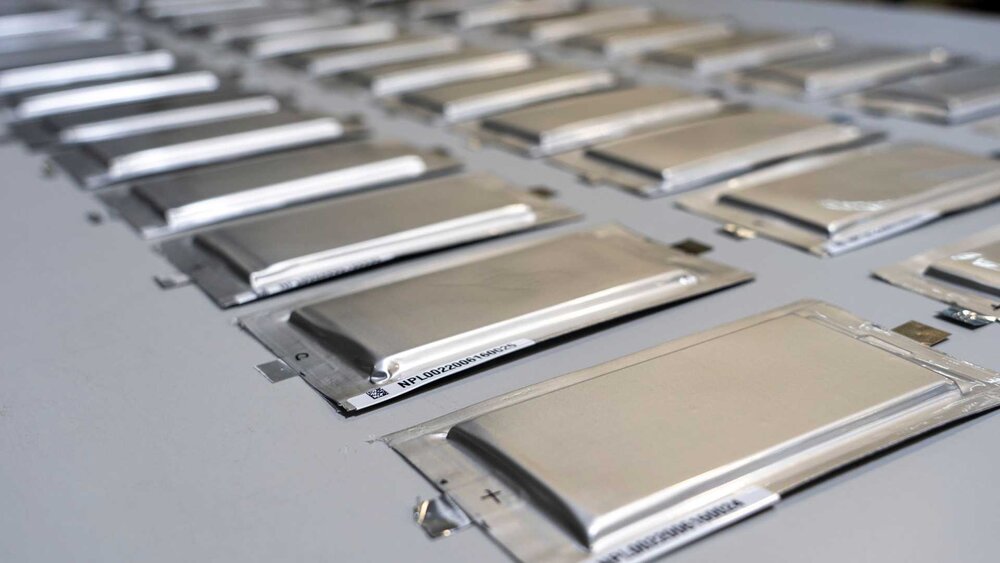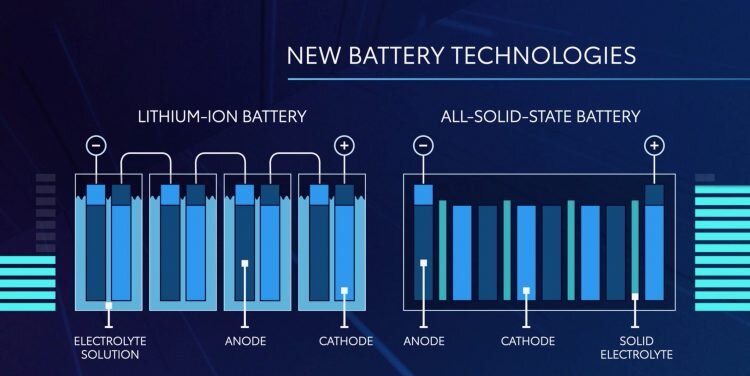Keep yourself up-to-date
Blog
Hear it from us!
Solid State Batteries - A solid answer for the future of EV
Jul 1

Source: Solid Power
If a Solid-State Battery were a human today, it would finally say, ‘Move Aside Internal Combustion Engines! I’ve got Solid Electrolytes on my side’. Mic drop. Well, we can’t beat that energy, can we?!
With Electric Vehicles slowly gaining the spotlight, the Energy Storage Space is highly driven to revolutionize battery technology now more than ever. While critics may consider 100% EV mobility as a far-fetched dream, battery technology companies, governments, and now even Mukesh Ambani seem to hold confidence in the promising future of Electric Vehicles and the Clean Energy Industry.
Solid-State Battery is one such battery technology that brings us a lot closer to our vision of achieving 100% EV mobility
But what is a Solid-State Battery, and how does it eliminate problems such as range anxiety, battery safety and charging time which Lithium-ion batteries face at the moment. Read on to know more!

Source: PerformanceDrive
What is a Solid-State Battery and how is it different from a lithium-ion battery?
In simple words, a lithium-ion battery consists of a cathode, anode, separator and a liquid electrolyte solution, whereas a solid-state battery uses solid electrolytes. These solid electrolytes are non-flammable in contrast to flammable liquid electrolytes, which can combust if the battery experiences a thermal runaway.
In fact, according to a PR Newswire article, recent studies show that the heat generation inside the solid-state battery is only ~20-30% of conventional batteries with liquid electrolytes under thermal runaway — creating a much safer product. Furthermore, a solid-state electrolyte negates the need for a separator, increasing the energy density of the battery as it removes the inactive component currently needed for liquid electrolyte batteries.
Now you would ask, ‘Okay. But what’s the big deal? Do Solid-State Batteries make a SIGNIFICANT difference?’ We’d say YES!
Here's why.
1.) Super High Energy Density
Solid-state batteries have high energy density, which means that these batteries can store a lot of energy in a small amount of mass! Unlike Lithium-ion batteries which consist of liquid electrolytes, solid electrolytes keep the risk of explosion miles away, which means that it doesn’t require any safety components, thereby saving space and increasing energy efficiency! The space saved is then used to put more active materials which can further increase the battery capacity.

Source: QuantumScape
2). Super Fast Charging Time
Charging is such a pain! Who has the time to wait? With Solid-State Batteries, you won’t have to! Depending on the size and specifications of the batteries, Electric Vehicles usually take at least 30 minutes to get 80% charged at the fastest charging stations. In 5-10 years, faster charging might be possible. Solid-state batteries are more stable at faster-charging speeds and could place recharge rates of 20 minute or less within reach.
3). Super Safe Battery Structure
Solid Electrolytes used in solid-state batteries work wonders. In the absence of liquid electrolytes, there is no risk of leakage or flammability. The solid electrolytes used in solid-state batteries are non-flammable and even though the battery may get hot, there is nothing flammable within it that will catch fire, hence ensuring a safe battery experience
While we focus on the promising benefits of Solid-State Batteries, we won’t deny that this early-stage technology still has a few hurdles to cross. These include - Dendrites which are invasive, root-like structures that can grow in a solid-state battery, breaking up the precise division of material layers and causing the battery to fail. Next comes the price, which is another barrier that can be eliminated, once scale comes into the picture. Lastly, as the battery goes through charge and discharge, Solid-State batteries expand and contract, which can distort the tight arrangement of solid-state materials and can further cause the battery to fail if not controlled or designed for such behaviour.
That said, overcoming challenges is part and parcel of developing new technologies and with every new challenge comes a new invention. Hence, there’s no doubt that the future of Solid-State Batteries sure looks bright to us at Renon India as it does to car companies like Toyota, Volkswagen Group, Ford, BMW, Nissan and Mercedes Benz.